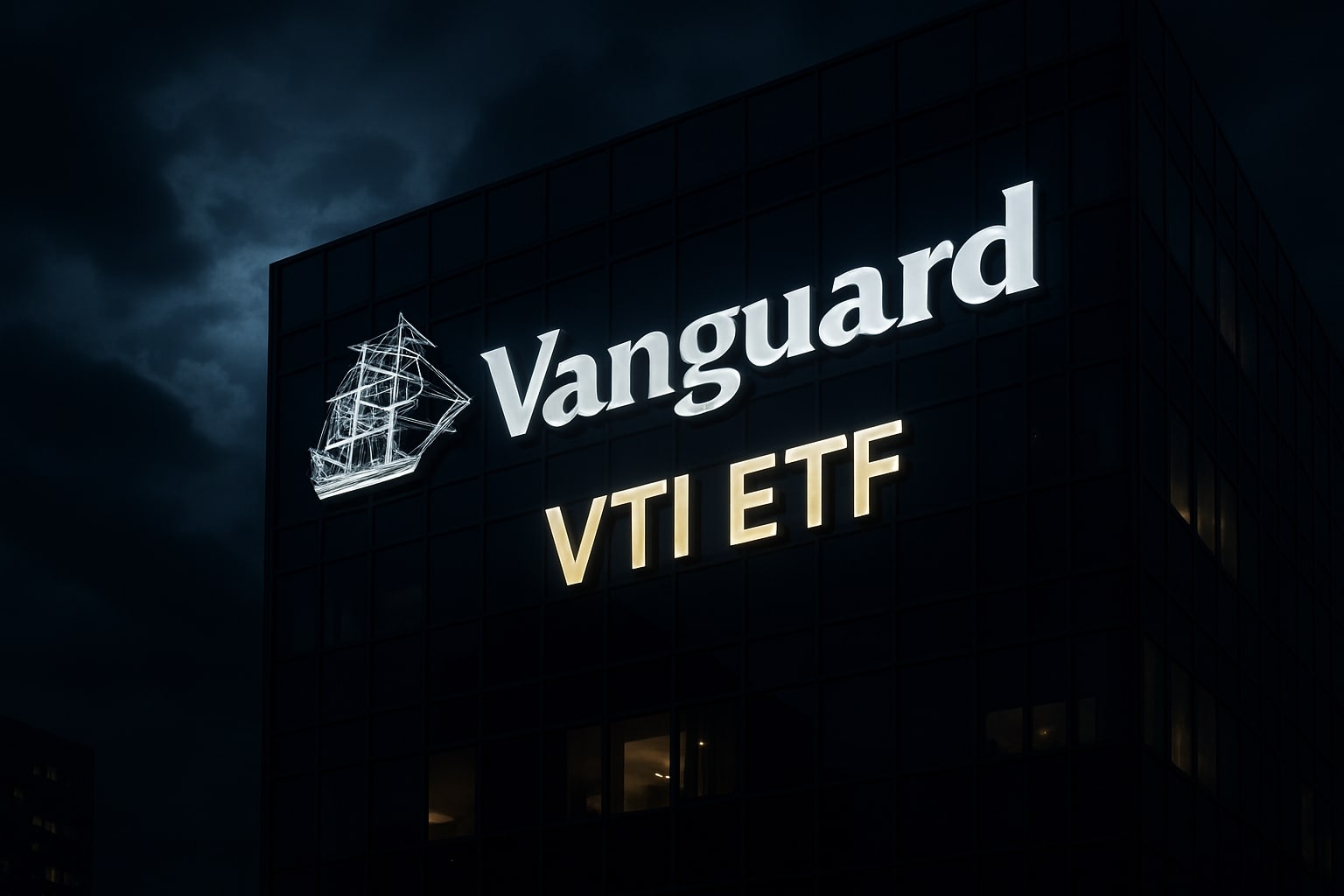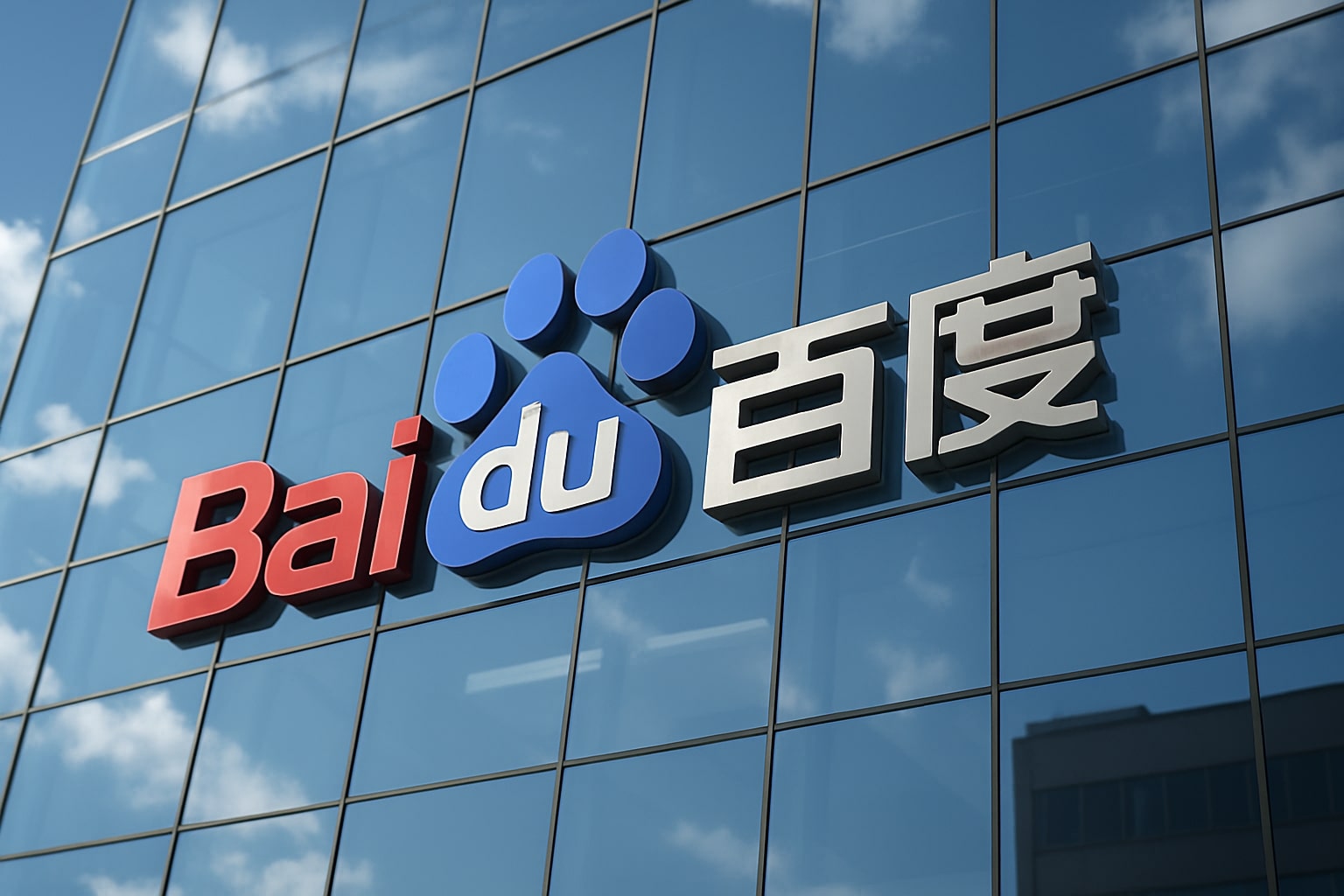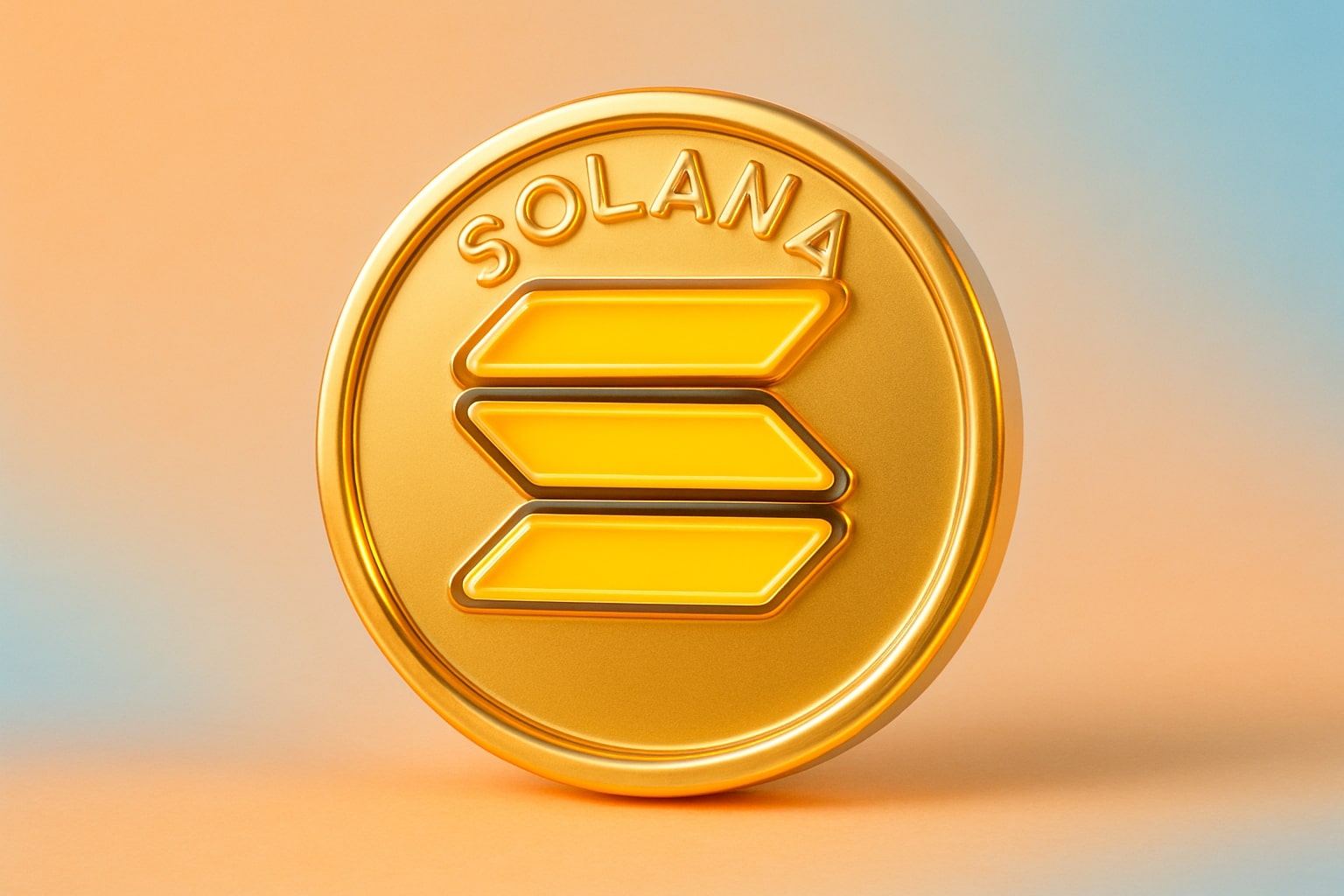
VTI ETF Steadies At $324 As Fed Policy And Market Rotation Set Stage For 2026 Rally
With $2.05 trillion in assets, VTI balances mega-cap tech leaders like NVIDIA (NVDA) and Microsoft (MSFT) with mid- and small-cap exposure, offering investors a diversified path through elevated valuations | That's TradingNEWS
Vanguard Total Stock Market ETF (NYSEARCA:VTI) Consolidates At $324.22 As Market Rotation, AI Spending, And Fed Uncertainty Shape Outlook
Vanguard Total Stock Market ETF (NYSEARCA:VTI) closed at $324.22 (-0.68%), extending its worst November performance since 2008 as investors digest mixed macro data, profit-taking in mega-cap tech, and shifting expectations for a December Fed rate decision. Despite short-term weakness, the ETF’s massive $2.05 trillion AUM and exposure to 3,600 U.S. companies continue to position it as the broadest proxy for American equity performance. VTI’s 12-month dividend yield stands at 1.15%, with a quarterly payout of $3.75 and a minimal 0.03% expense ratio, reinforcing its cost-efficiency advantage among total-market funds.
The ETF’s market capitalization composition shows a tilt toward large caps—41% mega-cap, 32% large-cap, 19% mid-cap, 6% small-cap, and 2% micro-cap. However, its inclusion of smaller cyclical firms like Super Micro Computer (SMCI), Lattice Semiconductor (LSCC), and Enphase Energy (ENPH) adds depth and economic sensitivity not seen in pure S&P 500 trackers. This blend enables VTI to better mirror the “real economy,” as smaller firms tend to outperform during interest-rate declines and early recovery phases. With economists forecasting potential Fed rate cuts in 2026, these cyclical components could become catalysts for outperformance against VOO and QQQ over the next 12–24 months.
From a sector perspective, VTI maintains a balanced structure: Information Technology 33.6%, Financials 13.3%, Consumer Discretionary 10.6%, Communication Services 9.7%, and Healthcare 9.4%. The remaining industries—Industrials 8.9%, Consumer Staples 4.7%, Energy 3.0%, Utilities 2.3%, Real Estate 2.4%, and Materials 1.9%—reflect broad-based exposure across U.S. growth and value. While its top ten holdings, led by NVIDIA (6.7%), Microsoft (5.99%), Apple (5.88%), Amazon (3.28%), and Meta (2.48%), still make up 34% of total assets, VTI’s lower tech concentration versus peers reduces overexposure to the “Magnificent 7,” mitigating downside risk in overbought market phases.
On performance, VTI’s 10-year CAGR of 14.36% trails the S&P 500 ETF (VOO) by just 0.52% annually, yet its long-term resilience remains impressive—turning a $100,000 investment into $5.6 million over 30 years, only slightly below VOO’s $6.4 million outcome. The tradeoff lies in broader diversification. During the pandemic and rate-hike cycles, VTI’s maximum drawdown of -24.8% was less severe than the tech-heavy QQQ (-32.6%), proving its defensive efficiency through macro turbulence. The Sharpe ratio at 0.80 confirms strong risk-adjusted returns.
In valuation terms, VTI’s current forward P/E of 22x is above its 10-year median of 19x, signaling elevated pricing across equities but still below extreme readings seen during the 2021 bubble. The Shiller P/E at 40.88x, the second-highest in history, underlines stretched multiples, though offset by historically strong corporate profitability—U.S. ROE averages 17% with record operating margins near 14%, according to Goldman Sachs. Mid- and small-cap constituents, however, trade at 13–16x forward earnings, setting up potential value reversion once rate cuts begin and liquidity improves.
Macro drivers remain central to VTI’s path. U.S. jobless claims of 232,000, stable 10-year Treasury yields around 4.1%, and robust consumer spending—up 4.2% YoY per JPMorgan Chase card data—suggest continued economic expansion into 2026. Goldman Sachs raised its U.S. GDP forecast to 2.5%, while inflation expectations have moderated to 2.3%, allowing the FOMC greater flexibility to pivot in early 2026. A dovish shift would directly benefit VTI’s small- and mid-cap components, historically outperforming by 3–5% annually during easing cycles.
Seasonal data adds another layer of optimism. Thanksgiving and December months are historically strong for broad U.S. equities, with VTI posting average gains of 2.7% in November and 3.4% in December since 2010. The Bank of America Global Fund Manager Survey shows institutional cash positions at a 15-year low, reflecting risk-on appetite even amid valuation anxiety. Meanwhile, AAII sentiment has flipped bearish among retail investors, a contrarian indicator that often precedes upward momentum.
Technically, VTI trades below its 50-day moving average ($327.4) but remains comfortably above long-term support at $316.8, preserving its medium-term uptrend. Resistance lies near $333.9, the mid-October peak. Momentum indicators like MACD signal mild bearish pressure, but the RSI near 43 indicates consolidation rather than capitulation. Should the Fed hint at an early 2026 rate cut, VTI could retest $340–$345, translating to roughly 5–6% upside into Q1 2026.
Fundamentally, VTI’s $2.05 trillion AUM, $549.3 billion in share-class assets, and tight bid/ask spread of one basis point reinforce its liquidity dominance. Its correlation of 0.98 to the S&P 500 and 0.89 to the NASDAQ 100 confirms near-perfect tracking of U.S. equity health while maintaining lower volatility through diversification into cyclical and small-cap names. The ETF’s quarterly rebalancing ensures minimal drift and continuous exposure to the full U.S. market, a crucial edge during macro rotations.
The ongoing narrative around AI spending and market concentration remains both a risk and a catalyst. While investors worry about corporate overinvestment in AI infrastructure, names like Super Micro Computer (SMCI) and NVIDIA (NVDA) continue to post triple-digit revenue growth—supporting earnings breadth that benefits VTI holders indirectly. As AI capital expenditure stabilizes in 2026, VTI’s non-tech exposure positions it for balanced returns if sector leadership broadens to financials, healthcare, and industrials.
Consumer resilience is another driver sustaining U.S. equity momentum. Despite sticky inflation, household spending remains firm, particularly among high-income demographics. This dynamic has kept recession odds low, with Goldman estimating a 15% market-implied recession probability—far below the 40% seen in early 2024. A stable consumer base coupled with potential rate relief forms a strong macro backdrop for diversified ETFs like VTI.
Read More
-
Intel Stock Price Forecast - INTC at $37.70; Can Intel Turn Its Foundry Bet Into a $48 Revival?
15.12.2025 · TradingNEWS ArchiveStocks
-
Bitcoin ETF Stress Test: BTC-USD at $86K and IBIT ETF at $48 Under $100B Drawdown
15.12.2025 · TradingNEWS ArchiveCrypto
-
Natural Gas Price Forecast: NG=F Holds the $4 Floor as Oversupply Clashes with 2026 LNG Demand
15.12.2025 · TradingNEWS ArchiveCommodities
-
Stock Market Today - Dow, S&P 500 and Nasdaq Futures Climb as Gold and Tsla Stock Jumps and Wall Street Awaits Jobs Data
15.12.2025 · TradingNEWS ArchiveMarkets
-
USD/JPY Price Forecast - Dollar to Yen At 155: Yen Strength Builds As BoJ Hike And NFP Collide
15.12.2025 · TradingNEWS ArchiveForex
Taking a data-backed stance, NYSEARCA:VTI reflects an ecosystem where mega-cap dominance meets cyclical opportunity. Its combination of high-liquidity large caps and undervalued small/mid tiers allows it to benefit from both stability and future rotation. Valuations are stretched but justified by earnings power, and seasonal factors align favorably heading into year-end. The recent pullback to $324 offers a potential entry zone for long-term investors positioned for the next expansion phase.
Verdict: Buy on Dips. With a price range of $316–$333, yield stability, and diversification across 3,600 firms, VTI stands to outperform narrower ETFs once capital rotates from the Magnificent 7 toward broader U.S. equities. Target range $340–$345 short term, $370+ in 2026, contingent on Fed easing and earnings resilience.


















